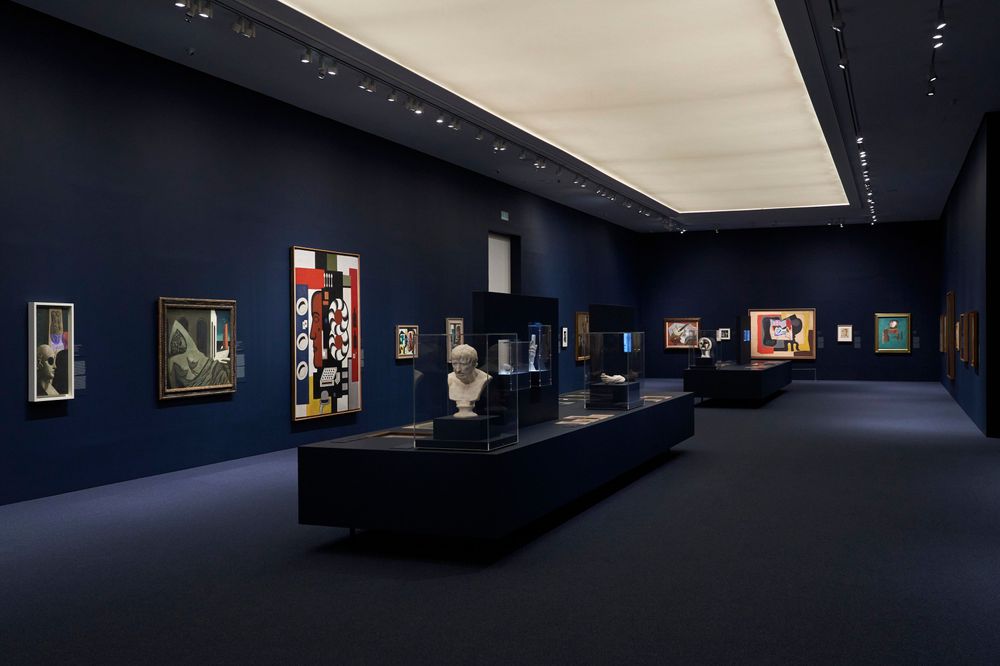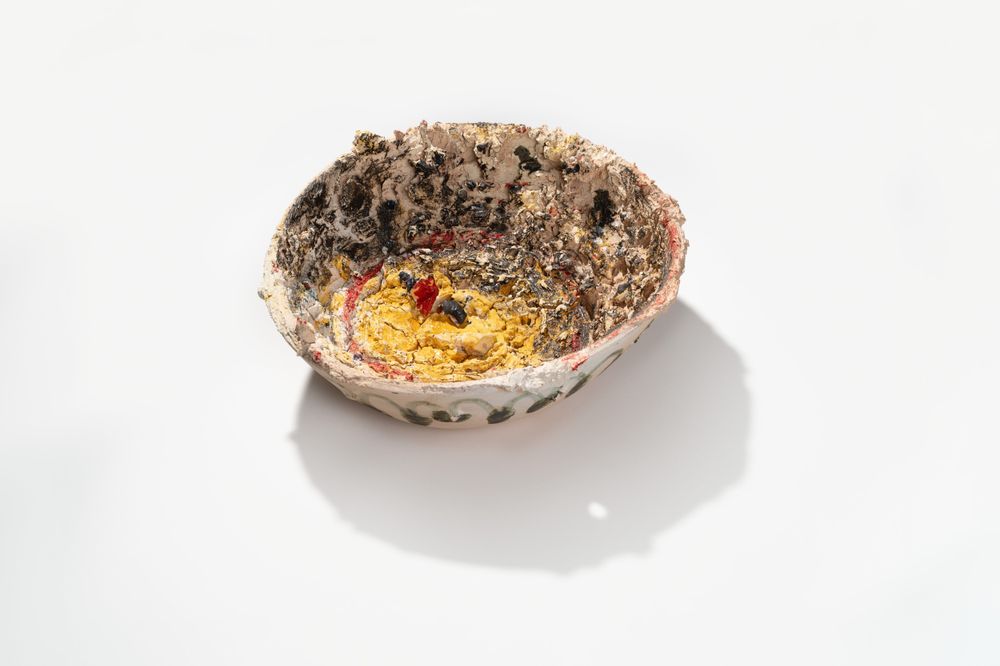20/06/201125/09/2011
Picasso at work
Through the lens of David Douglas Duncan
“The younger generation perhaps thinks that Picasso was mysterious. He wasn’t in the least. On the other hand, there is a mystery as far as I’m concerned. I’ve photographed him some 25,000 times, and each time he seemed perfectly normal, the same as anyone else, except for his eyes. He used to laugh, he was always very attentive to what you were saying, he was interested in you. But when I was with him, I never managed to ascertain what he was thinking.” Despite what David Douglas Duncan suggests with these words, his images are deemed to constitute one of the best explorations aimed at understanding Picasso and his works.
Born in Kansas City (United States) in 1916, Duncan studied archaeology, marine biology and Spanish, which he was subsequently able to use to communicate with Picasso. In the Second World War he was a photographer on the South Pacific fronts. During this period, magazines like National Geographic bought several of his pieces, which encouraged him to continue working as a photographer after the War ended. Hence, from 1946 to 1956 he was a photo-reporter for the prestigious magazine Life, for which he immortalised such historic events as the end of the British Raj in India, the oil boom in Saudi Arabia, the civil war in Greece and, in particular, the Korean and Vietnam wars.
A Window on to the Artist’s Intimate Life
The exhibition devoted to the work of David Douglas Duncan in the Museo Picasso Málaga showed 115 photographs taken between 1956 and 1961. These images engaged in dialogue with 77 works by Picasso that were brought together for the occasion. Among the latter were portraits in oils of his wife Jacqueline, spectacular sculptures like La mona y su cría (Baboon and Young, 1951) and Mujer con llave (Woman with Key, 1954-1957) – shown for the first time in the MPM – drawings and ceramic pieces, which the visitor easily recognised in the photographs. As a whole, the show highlighted the diversity of styles and techniques of an artist who is still as fascinating today as he was when he once thrilled Duncan’s incisive lens.
The perspective thus offered made it possible not only to enter into the intimate life of Picasso but also to understand the creative processes of his work and of the setting from which he took his inspiration. Friends, family, visitors and, in particular, works of art – a whole host of them – appear in the images of Duncan, who bears witness from the other side of the camera. In this regard, Claude Ruiz-Picasso, the artist’s son, states in his book, which has been published on the occasion of the exhibition, “What you see is real. It is true. It was all simply natural, his presence too. There were no questions, no holds barred”.
Picasso at Work. Through the Lens of David Douglas Duncan was completed by Duncan’s own testimony, contained in an approximately 20-minute-long documentary that was recorded in April 2011, expressly to be shown at this exhibition. In it, the photojournalist describes his experience with Pablo Picasso, recalling some of their conversations, conjuring up the atmosphere of the artist’s homes and the trust and freedom with which he was allowed to carry out his work.
A publication and other related activities
Picasso at Work. Through the Lens of David Douglas Duncan is also the title of the publication produced to coincide with the exhibition. It contains essays by the two curators, Stephanie Ansari and Tatyana Franck, and by Claude Picasso, the artist’s son; Harald Theil, a scholar of Picasso’s ceramic work; Marie Alice Harper, from the University of Texas; and Markus Müller, director of the Kunstmuseum Pablo Picasso Münster. Published in two languages, Spanish and English, the book also contains photographs of the works on display. This catalogue is available at the MPM Bookshop.
The exhibition was also the subject of Gallery Talks, the guided tour that take place in the museum every Thursday at 6pm. MPM also organized a series of summer workshops for children, entitled The Artist’s Studio, during which the youngsters could visit the exhibition and get to know first-hand about the work of Pablo Picasso and David Douglas Duncan. After their visit, they set to work in the workshop area, turning it into a studio for new artists and filling it up with the paintings, pottery and sculptures they will make themselves.






